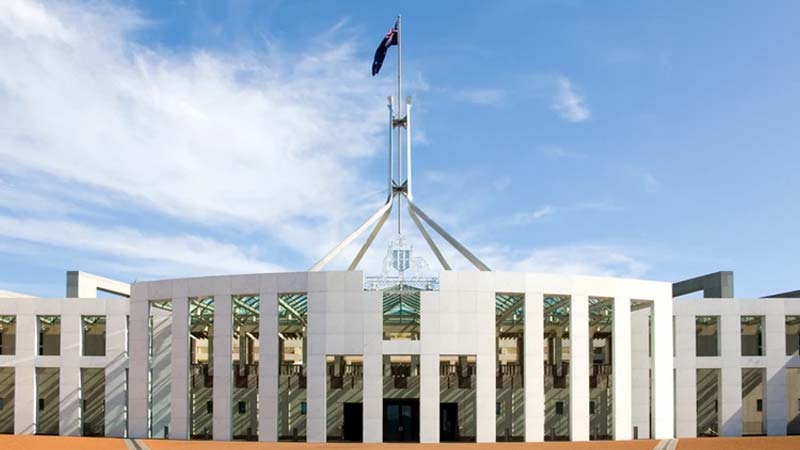A Self-Managed Super Fund (SMSF) is often promoted as providing freedom and control of your superannuation. Yet with this control comes a certain amount of responsibility and also risk. So how do you know if you’re suited to an SMSF and what is involved in the setup?
SMSFs have grown in popularity in Australia. Over the last 5 years SMSF’s have increased by 26% growing an average of 5% each year1. Better access to investment information, a lack of trust in large superannuation providers and the baby boomer effect have all contributed to this rise. Still an SMSF may not be for everyone.
Are you suited to an SMSF?
To work out whether an SMSF might suit you, consider the following:
- Are you comfortable making investment decisions? Having the knowledge and confidence to know where to invest your savings is crucial. While help is never far away, the ultimate decision rests with you and the other members of your fund.
- Do you have over $300K in combined superannuation to invest? To make economic sense, having over $300K combined from all members is generally required to access the necessary investments and make the administrative fees worthwhile.
- Are you planning to live in Australia over the long term? To take advantage of the tax concessions in super, the SMSF and its trustees must be based primarily in Australia.
- How much time do you have each month to dedicate to administration? At least a few hours a month is required to dedicate to SMSF administration, but often a lot more.
If you’re comfortable making investment decisions, have more than $300K in super already (combined) are looking to stay in Australia and can put aside a few solid hours a month toward superannuation then an SMSF might just be for you.
SMSF Setup Steps
1. Choose a Trustee Structure
A trustee is simply someone who is responsible for managing the SMSF on behalf of the beneficiaries of the fund. For an SMSF, trustees are unique as they are also the beneficiaries.
You have two options of trustee structure for an SMSF:
- Individual trustees - have 2-4 participants. Typically used for a couple wanting to pool their superannuation.
- Corporate trustee - have 1-4 participants. Typically used for an individual wanting to setup an SMSF just for themselves.
2. Appoint Trustees
All members of a self-managed super fund must also be trustees. They must be eligible to be a trustee and agree and sign the trust deed associated with the fund. All trustees are equally accountable for the fund and the legal obligations that come with it.
3. Create the Trust Deed
The trust deed is a legal document setting out the rules for establishing and operating your fund. The trust deed is generally drawn up by a lawyer and states who the trustees of the fund are, its governing rules, the assets of the fund and the intended beneficiaries.
4. Ensure your fund is eligible for tax concessions
The main benefit of superannuation investments is of course that contributions are not subject to tax. An SMSF must meet certain criteria to avoid being taxed.
- The fund needs to be established in Australia.
- Management and control is undertaken in Australia.
- Australian residents hold at least 50% of the funds’ assets.
5. Register and activate the fund
To activate the fund, you will need:
- To qualify for an Australian Business Number (ABN) and obtain an associated Tax File Number.
- To open a dedicated bank account.
- Create an ‘electronic service address’ to enable contributions from employers.
Help you will need when setting up an SMSF
SMSF’s are far from a Do-It-Yourself exercise. You will likely need help from the following professionals to complete the necessary SMSF setup tasks:
- Accountant - to setup financial systems and prepare financial statements.
- Fund Administrator - to help meet day to day administrative tasks and ensure deadlines are met to avoid legal and financial penalties.
- Lawyer - for preparing the trust deed.
- Financial Advisor - to help with creating an investment strategy for the fund.
- SMSF Auditor - to prepare the annual audit.
- Registered Tax Agent - to lodge the annual tax return.
To be in complete control of your retirement savings and investment decisions, an SMSF is the way to go. But it’s not something to take on lightly. It is a long term commitment with legal consequences if things aren’t completed correctly. Rarely is an SMSF setup or administered without some outside assistance. Whether it is an accountant, lawyer or financial adviser, getting help ensures your retirement nest egg is safe and you avoid the real possibility of legal and financial penalties.
Saige Accountants and Financial Planners are SMSF experts. We can provide end to end assistance in the setup, management, audit and taxation aspects of your SMSF. We have dedicated SMSF accountants who know the SMSF setup process well along with Financial Planners who can advise on SMSF investment strategies and execution.




